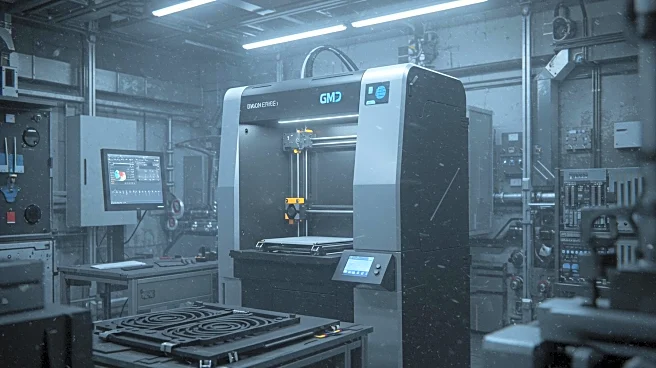Rapid Read • 8 min read
Eastman Kodak Company has reported a significant decline in its stock value following the release of its second-quarter 2025 financial results. The company experienced a 16.9% drop in stock price since the earnings announcement on August 11, underperforming the S&P 500's 1% gain during the same period. Kodak's revenues for the quarter were $263 million, a slight decrease from $267 million in the previous year, with a 3% decline on a constant-currency basis. The gross profit fell by 12% to $51 million, and the company swung from a net income of $26 million last year to a net loss of $26 million this quarter. The operational EBITDA also decreased by 25% to $9 million. The decline was attributed to lower volumes and increased aluminum and manufacturing costs, despite price increases.
AD
The financial results highlight ongoing challenges for Kodak, particularly in maintaining profitability amidst rising costs. The company's stock performance reflects investor concerns about its future outlook and ability to manage financial pressures. The decline in profitability, driven by lower print volumes and higher costs, poses a risk to Kodak's long-term viability. The company's strategic focus on its Advanced Materials & Chemicals (AM&C) unit and cost-control measures are crucial for stabilizing its financial position. However, the substantial doubt about Kodak's ability to continue as a going concern, as disclosed under U.S. GAAP accounting rules, underscores the urgency of addressing these challenges.
Kodak's management has outlined strategic priorities for the second half of 2025, including cost reduction and advancing AM&C growth initiatives. The company plans to leverage proceeds from the expected termination of the Kodak Retirement Income Plan to pay down debt. Additionally, Kodak is working on restructuring and financing efforts, including the termination of KRIP and an equity offering program with BofA Securities. These measures aim to strengthen Kodak's balance sheet and address liquidity pressures. However, the success of these initiatives will be critical in restoring investor confidence and ensuring the company's financial stability.
Kodak's commitment to U.S. manufacturing and its support for tariffs that benefit domestic producers reflect broader economic and policy implications. The company's focus on pharmaceutical manufacturing and the production of regulated products at its FDA-registered facility in Rochester, NY, highlights potential growth areas. However, the financial instability and investor skepticism pose challenges to realizing these opportunities. The ongoing restructuring efforts and strategic shifts may influence Kodak's long-term trajectory and its role in the U.S. manufacturing sector.
AD
More Stories You Might Enjoy










